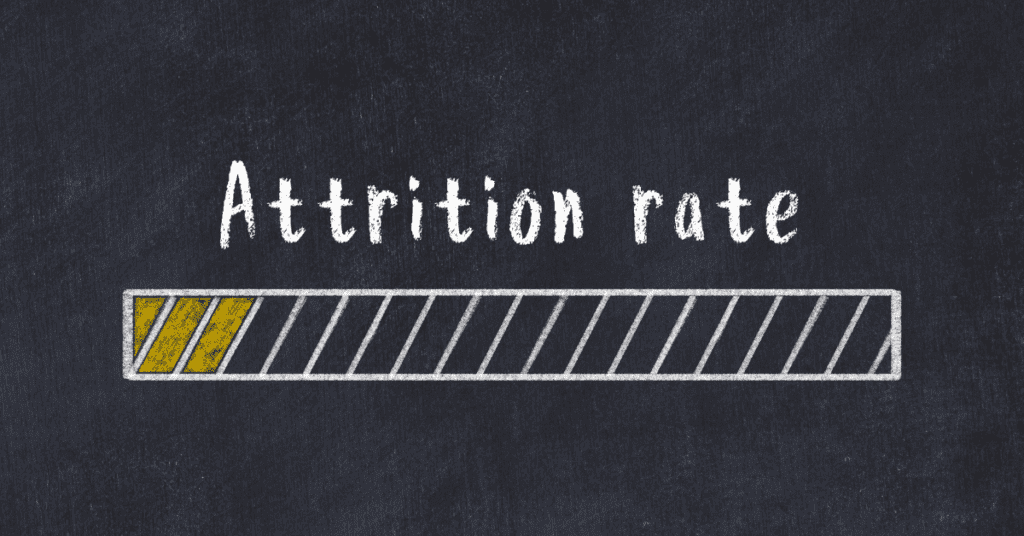As tax season approaches, accounting firms face increasing pressure to manage workload. Meeting tight deadlines, handling complex tax codes, and delivering top-notch services can become challenging, especially with manual processes. Fortunately, advancements in automation technology can ease these pressures by streamlining repetitive tasks, reducing errors, and enabling teams to focus on higher-value activities. In this guide, we’ll discuss how automation can transform tax season productivity, covering key benefits, recommended strategies, and practical tools.
Common Tax Season Tasks for Automation
- Data entry
- Document management
- Client communication
- Workflow management
- Reporting and analytics
Strategies for Automating Tax Season Tasks
- Identify repetitive tasks:
Lay out a comprehensive list of time-consuming, repetitive, or error-prone tasks. These can range from something as simple as data entry or complex as bank reconciliation and bookkeeping cleanup. Listing these tasks will help prioritize the automation efforts, saving time, and increasing accuracy during the tax season. - Assess automation tools:
While there are many automation tools available in the market, the needs of each business are unique. Evaluate which one works best for you and meets your firm’s needs. Try to finalize software that seamlessly integrates with your current systems, and supports the tax flows, and aligns with your budget. Pick tools that automate multiple tasks, such as client communication and document management, under one platform. - Develop implementation plans:
Automation – accepting and adapting can be hard, especially if you are doing it for the first time. A phase-wise approach can help make the transition manageable for your firm and that there is enough time for testing before it is deployed on a full scale. Set timelines and specify the training needs of each of the team members. - Train staff:
Introducing automation tools can be a big shift for employees. If they are used to manual methods, they may need comprehensive training to become capable of using tools effectively and understand how automation can help them perform better. Conducting training sessions and regular Q&As can provide ongoing support. - Monitor progress:
After implementation, it is important to track the success of automation initiatives. Regularly evaluating whether the tools are meeting performance expectations, saving time, and improving productivity is important for long-term success. Use KPIs to assess the effectiveness and identify areas for further optimization.
Automation Tools for Tax Season
- Tax preparation software (e.g., Drake, ATX)
- Document management systems (e.g., SharePoint, Dropbox)
- Client communication platforms (e.g., Zoho, Sinch, Mailchimp )
- Workflow management tools (e.g., Trello, Asana)
- Accounting automation software (e.g., QuickBooks, Xero)
Implementing Automation: A Step-by-Step Guide
Successful implementation of automation requires careful planning and structured execution. Here is a step-by-step guide to help you get started:
- Analyze current workflows
Every tax season comes with its own lessons. Identify bottlenecks, repetitive steps, and tasks that consume a lot of time. This will help clarify where automation can happen and where they can make the biggest impact. - Identify automation opportunities:
Your workflow analysis will help you identify tasks that can be automated. This includes data entry, document organization, and reporting. Keep your team members engaged in this process. They will be able to provide insights into time-consuming tasks that could benefit from automation. - Select automation tools
Once you have identified the tasks for automation, research tools that best fit those needs. Consider features like cloud storage for document management, advanced analytics for reporting, and real-time notifications for workflow management. You can opt for software that offers secure access to sensitive tax data. They should also be able to integrate easily and provide support for scaling automation efforts. - Develop implementation plans
Businesses need to have a roadmap that details every step of the implementation process. This should include assigning roles and responsibilities, timelines, goals, and KPIs to track the progress. Break down the implementation into phases, allowing the team to gradually adapt to new tools without disrupting the tax season workflow. - Train staff
Buying the tools and software is one thing, the key part here is to equip your teams with the skills needed to use the new automation tools. Provide hands-on training sessions, and offer FAQs, video tutorials, and step-by-step guides. Provide mentors if needed. Address any concerns that the team members may have and demonstrate the benefits that automation can reap.
Best Practices for Automation
Effective automation doesn’t just end with tool selection and implementation. It also needs ongoing fine-tuning and optimization. Following these best practices can help ensure long-term success with automation in the tax season:
Start small:
Change can be confusing, especially when it comes to automating your tasks. Begin with a few high-impact tasks. This will allow you to gauge how well the automation tools perform in real-world applications. This makes it easier to expand gradually without overwhelming the teams.
Monitor progress:
KPIs such as time saved, error reduction, and improved turnaround time can help track the effectiveness of the automation processes. Frequent monitoring can help identify successes, as well as areas that may require adjustments or additional training.
Adjust workflows:
Workflows need to be reconfigured when your processes have undergone automation. Adapt workflows to align better with automation capabilities, such as streamlining document handoffs or enhancing task dependencies.
Provide ongoing training:
Automation tools undergo periodic upgradation and they need to evolve with the changing times. Periodic training sessions can help the staff stay updated on new features, best practices, and tips to improve productivity. You may also need to encourage team members to share insights and challenges so that everyone benefits from collective learning.
Leverage integration capabilities:
Your automation tools have a lot of potential. Integrate them with your current systems to enhance them. Seamless integration of the software and processes can reduce data silos, speed up the data and create a unified experience for managing tasks across platforms.
Finsmart Accounting’s Automation Solutions
Our expert team provides:
- Customizable automation workflows
- Integrated document management systems
- Standardized client communication templates
- Efficient workflow management tools
Schedule a Meeting with Our Tax Season Experts
[Calendly link: https://calendly.com/maanoj-shah/calendar]
Select a time that works for you, and our team will guide you through:
– Customized outsourcing solutions
– Implementation and onboarding
– Ongoing support and communication
Get Ahead of Tax Season. Partner with Finsmart Accounting Today!

Maanoj is Co-founder & Director of Growth Strategy & Alliance at Finsmart Accounting. He is an Outsourcing Expert, a People Champion, and a Dynamic Leader with strong Business Strategy and Scaling-up experience. He has incubated businesses, sold & exited ventures; helped build strong enterprises in very diversified verticals like Fintech, HR & Consulting spaces in various CXO capacities over the last 20 years.









